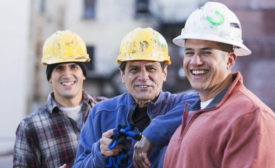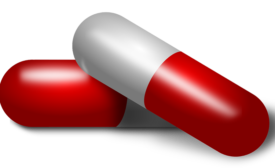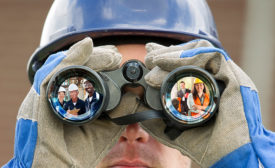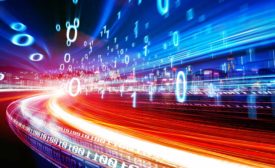Psychology in the Workplace
Personality tendencies impact performance
Are you a “doer,” “thinker,” “socializer” or “relator”?
June 21, 2019
It’s time for a New View of safety
Focus more on positive outcomes & systems, less on bureaucracy and human failure.
June 17, 2019
Big Pharma company takes on the “new view”
“We invented nothing ourselves but incorporated learnings”
June 13, 2019
Become a Leader in Safety Culture
Build your knowledge with ISHN, covering key safety, health and industrial hygiene news, products, and trends.
JOIN TODAYCopyright ©2025. All Rights Reserved BNP Media.
Design, CMS, Hosting & Web Development :: ePublishing











